Big cats are among the most iconic and mesmerizing creatures on our planet. Known for their majesty and grace, these animals also exhibit a surprising range of adaptations that help them thrive in some of the harshest conditions. From the dense jungles to freezing mountain ranges, each species has evolved unique traits that enable survival in challenging environments.
The Snow Leopard’s Cold Weather Adaptations
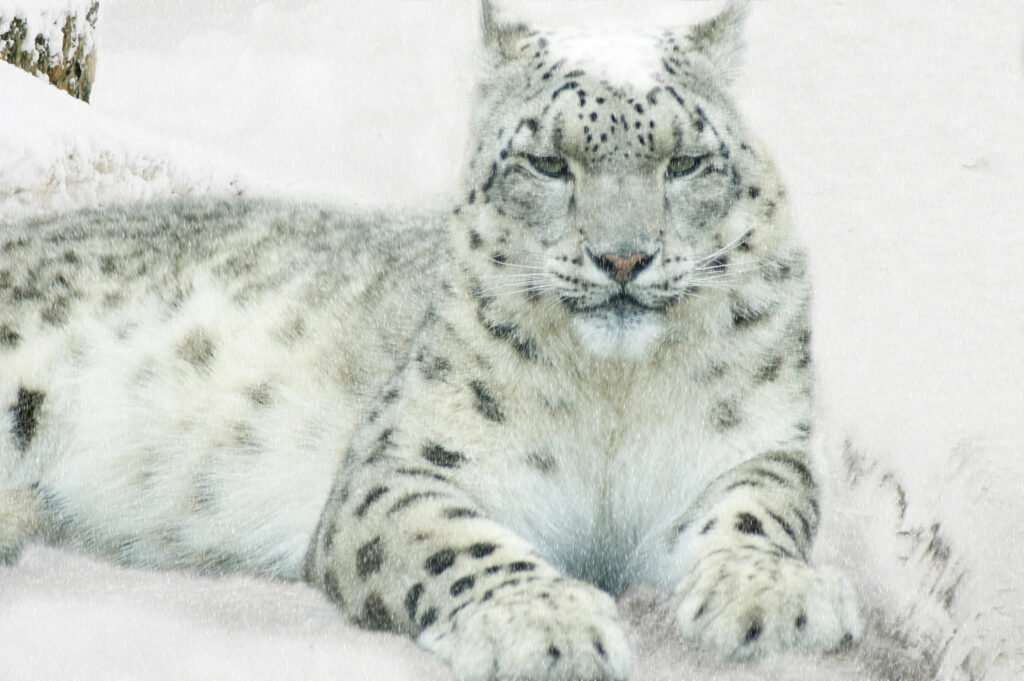
Snow leopards are perfectly adapted to life in the cold, rugged mountain ranges of Central Asia. Their thick fur, long tails, and large paws act as natural snowshoes, allowing them to navigate snowy landscapes with ease. The fur on their belly is especially thick and long, providing warmth as they rest on icy surfaces. Coupled with their ability to leap up to six times their body length, they are expert predators of their cold, mountainous realm.
Cheetah: A Master of Speed in the Savannah

The cheetah’s slender body, flexible spine, and long legs have evolved for sheer speed, making it the fastest land animal. Living in the African savannas, it relies on explosive sprints to catch prey. Its large nostrils and lungs allow for increased oxygen intake, and its tail functions as a steering rudder at high speeds. However, this speed comes with trade-offs, as they must rest after short bursts to avoid overheating.
Lions and Their Social Adaptations

Unlike most big cats, lions are social animals, living in prides that offer protection and strategic advantages when hunting. This social structure allows them to take down larger prey and ensures greater survival rates for cubs. In the harsh African environment, working together also means sharing responsibilities such as guarding territory and caring for young, enhancing their chances of survival.
The Jaguar’s Aquatic Hunting Skills
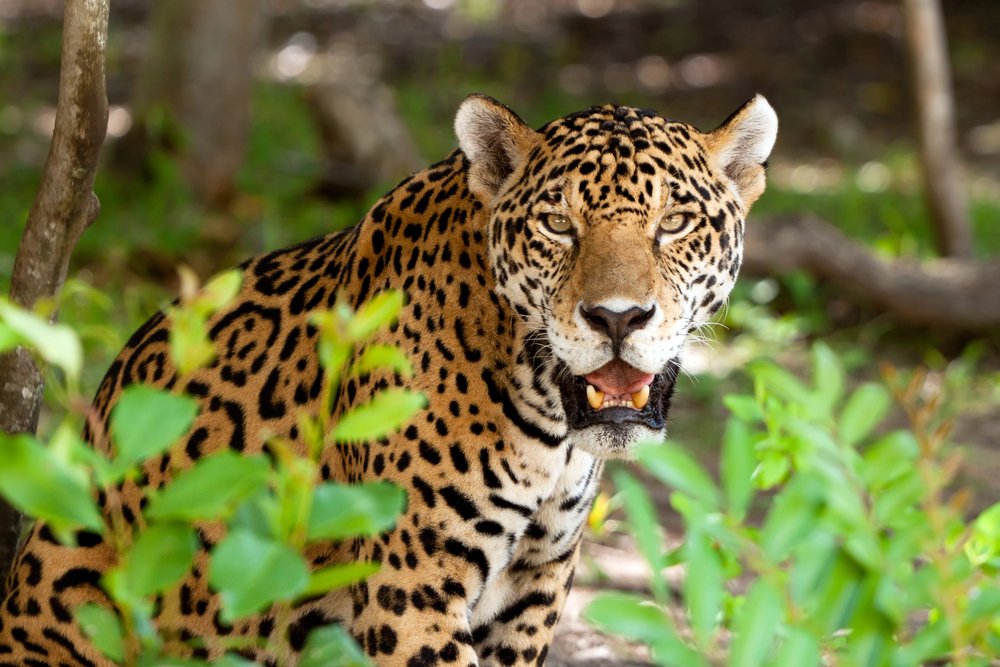
Jaguars, native to the rainforests and grasslands of South and Central America, have adaptations that make them excellent swimmers. This big cat frequently hunts in water, preying on fish, caimans, and capybaras. Their powerful build and ability to crush turtle shells with their jaws demonstrate the jaguar’s unparalleled adaptation to its watery, arboreal world.
Tigers in the Dense Forests
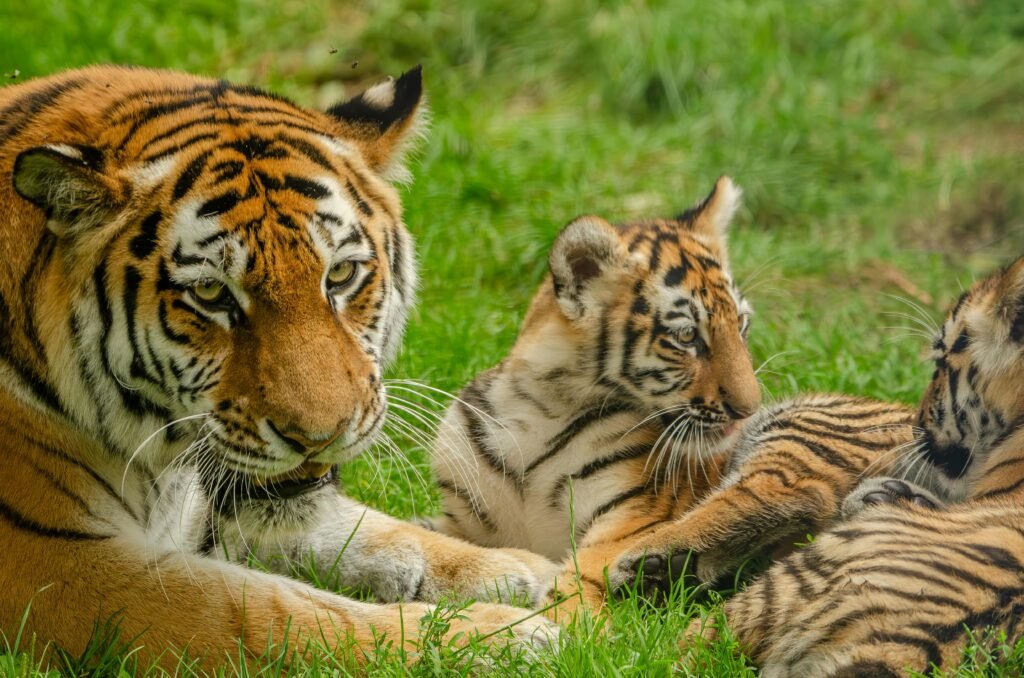
Tigers are solitary tigers that call the densely covered forests and grasslands of Asia home. Their striped fur provides excellent camouflage, helping them stalk prey unseen. Tigers are also notable for their versatility, inhabiting swamps, grasslands, and even mangrove forests. Their strength and stealth are key survival traits that make this large feline a top predator in its habitat.
Leopards’ Climbing Expertise
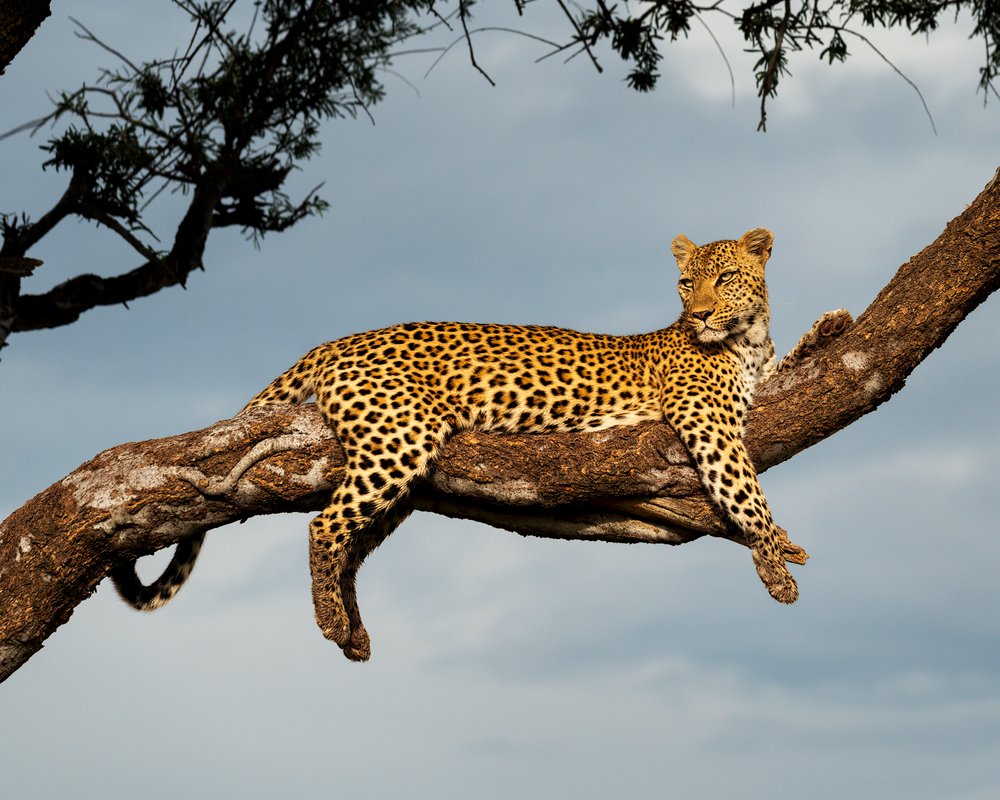
@bdivelbissphoto via depositphotos.
Leopards are known for their exceptional climbing ability, using trees to rest, hunt, and evade larger predators. Their muscular bodies and retractable claws allow them to carry prey up into the bushes to keep it safe from scavengers. This adaptation is particularly advantageous in habitats where other predators pose a significant threat.
Desert-Dwelling Cougar Adaptations
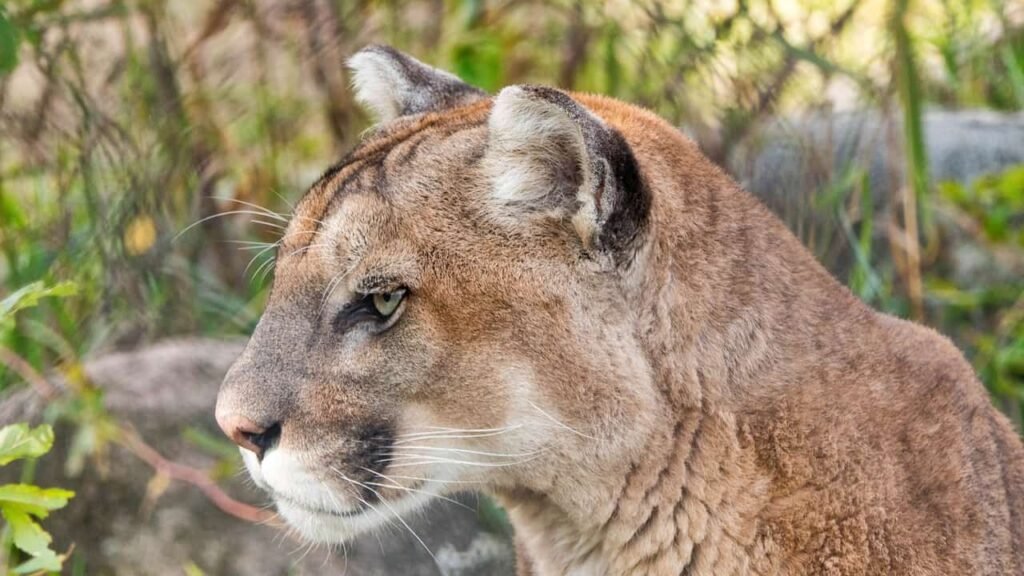
Cougars, also known as mountain lions, are found in various environments, including deserts. In these arid regions, they exhibit remarkable adaptability, following prey like deer and peccaries. With large territories, they can traverse lengthy distances in search of food and water. Their fur changes shade with the season, providing effective camouflage against the changing landscapes.
The Lynx’s Quiet Prowl
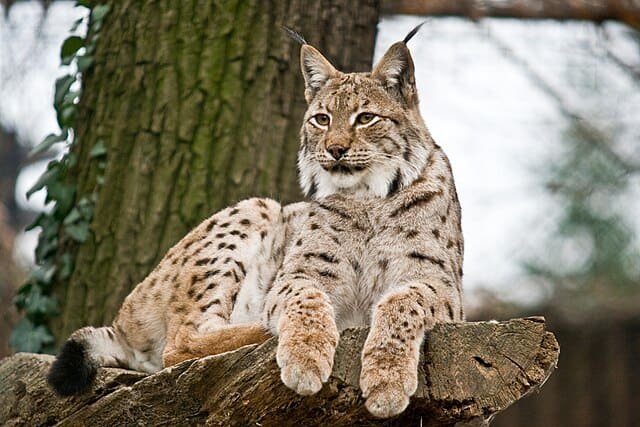
Residing in the cold forests of North America, Europe, and Asia, lynxes have adapted to survive extremely cold temperatures. Their thick, waterproof fur protects against harsh winters, and their large, furry paws allow for silent movement and agility on snow. These adaptations enable them to remain elusive and efficient hunters, even in deep snow.
Conservation Challenges and Human Impact
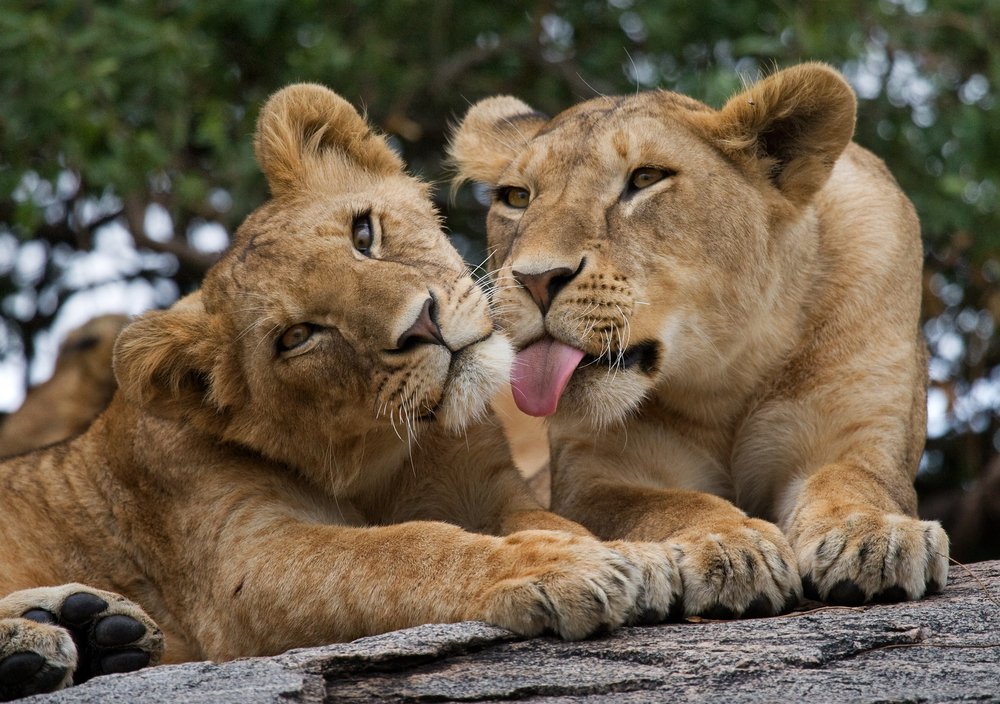
Human activities increasingly threaten big cats’ survival. Habitat loss, poaching, and climate change are significant concerns, making it essential to focus on conservation efforts to ensure their future. Understanding the unique adaptations of these species is crucial to highlighting the importance of preserving their natural habitats and promoting coexistence with human communities.
The Future of Big Cats

The survival of big cats in extreme environments showcases their incredible resilience and adaptability. However, safeguarding these magnificent creatures requires concerted global efforts to protect their habitats and reduce human-wildlife conflicts. By studying their unique adaptations and spreading awareness, we can strive for a future where big cats continue to thrive in the wild.






